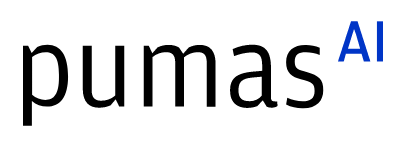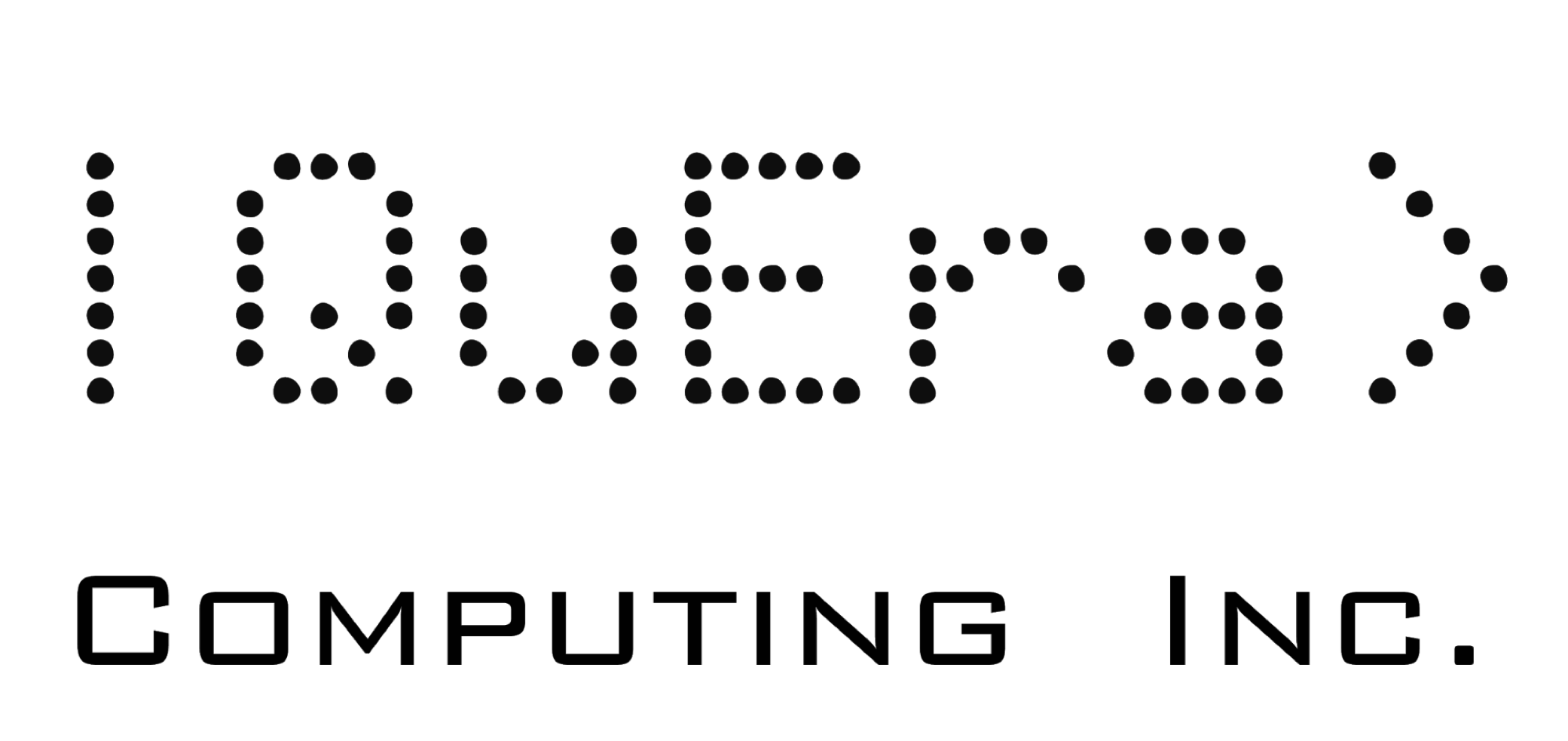Julia in Astronomy & Astrophysics Research
Abstract:
This minisymposium aims to provide researchers in astronomers and astrophysicists an opportunity to share how Julia has enhanced their science and the challenges they encountered. We aim to identify shared needs (e.g., opportunities for new/upgraded packages) that could significantly accelerate the adoption of Julia among the astronomical research community. A secondary goal is to help strengthen the community of Julia developers active in astronomical research.
Description:
This mini-symposium aims to help accelerate the adoption of Julia among astronomers and astrophysicists. Astrophysicists have long been among the leaders in High-Performance Computing. Large astronomical surveys continue to create new opportunities for researchers with the skills and tools to harness Big Data efficiently. Early adopters of Julia have developed packages providing functionality commonly needed by the astronomical community (e.g., AstroLib,jl, AstroTime.jl, Cosmology.jl, FITSIO.jl, UnitfulAstro.jl) and/or gained experience applying Julia to their research problems. According to NASA’s Astrophysical Data System, ~30 astronomy papers include “Julia” and “Bezanson et al. (2017)”, with over half of those being published since 2021. This mini-symposium invite researchers with experience applying Julia to astronomical research to share their experiences through a series of short talks and followed by a panel discussion.
Talks should not emphasize the astronomical methods or conclusions, but rather how using Julia impacted their project. How did Julia enhance their science or their productivity? What challenges related to Julia did they encounter? What work-arounds did they find? What additions or upgrades to the Julia package ecosystem would be helpful for their future projects? …or for accelerating adoption of Julia among the astronomical community? What resources did they use for integrating their research groups and/or collaborators into the Julia community? Where could filling a gap in documentation and or developing improved training materials be particularly impactful for helping astronomers to transition to Julia?
Platinum sponsors



Gold sponsors


Silver sponsors








Media partners



Community partners


Fiscal Sponsor
